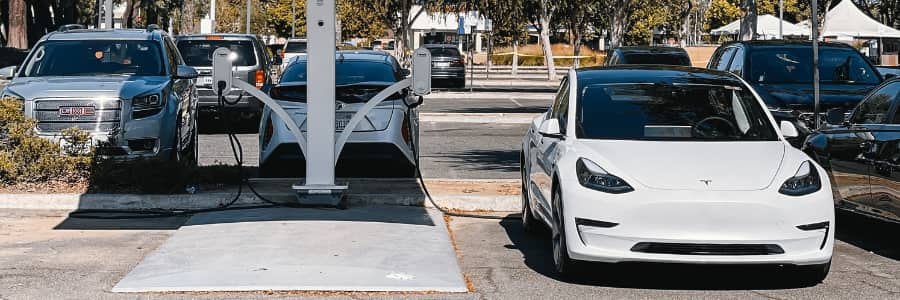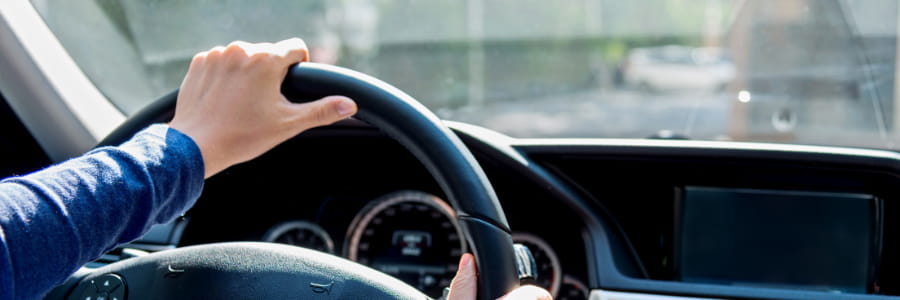Across the world, many new EV owners are preparing for their first holiday in an electric vehicle. They and more experienced electric car owners alike, will likely be thinking about a range of questions. How do I get ready for a good summer holiday or winter vacation in an electric car? What are the best ways to prepare the vehicle, and what other equipment should I consider bringing? Is it even possible to take an EV for a longer holiday trip? Thankfully, the answer to the latter is a resounding yes. Granted, EVs still face some challenges that their gasoline-powered cousins do not, but that is far from the same as EVs not being a good option. In some ways, electric cars are even far preferable. For example, they are much quieter, letting you enjoy nature in a completely different way than ‘normal’ cars.
Below we have gathered ten tips and tricks that hopefully answer the other questions. We would like to hear your tips and tricks. So if you have advice you want to share, write to us via social media.

One of the most important things is starting your trip with a fully prepared vehicle. Getting your electric vehicle holiday ready includes, cleaning it, making sure you set out on a fully charged battery and with everything properly packed. Make sure that the tire pressure is correct and that you have all the extra equipment needed. Here, True Energy’s app for intelligent, automatic charging of EV is perfect for ensuring that you get a 100% powered starting point.

Before the trip begins, you may need to get out the calculator. Getting a handle on how far you can expect to drive per charge will, to some degree, dictate the rhythm of your trip.
Be aware that if you have packed a heavy load or are towing a caravan, your average range may be significantly lower than the max specified by the vehicle manufacturer. Previous trips can be used as a benchmark for your calculations.

When you take an electric vehicle on a longer holiday trip, there is good reason to become extra friendly with Google Maps or similar services. Plan your holiday routes with a keen eye on where different charging stations are located. Google Maps, PlugShare, and other apps can help you find charging stations along your way.
Also, check where at your destination area you can find different charging options. This applies, among other things, to whether your hotel, Airbnb or camping site has charging stations and whether you can charge while visiting local sites or inside of national parks.

Charge density concerns how many charging points you can find within a given area. With new charging stations popping up everywhere and the ecosystem for EV charging is growing all the time, it can be hard to find an exact answer to that. Still, online sources, including the aforementioned Google Maps and PlugShare, are a good starting point.
Charge density gives you an outline idea of how good your options for charging will be in the areas you are planning to spend a longer time visiting.
Depending on where you are going on holiday and which route you choose, several different providers along your route and at your destination offer charging solutions and charging stations. It might be advantageous to decide to sign up with one or more before the trip starts. This tends to equal better access to DC fast charging and can simultaneously help lower your cumulative charging costs.
No matter who you may choose to sign up with, it is always a good idea to test apps and, if possible, chargers before departure so you know how it all works.

The charging cables you can use during the trip may vary. For example, you may have to use standard wall sockets instead of charging stations in some places. This may lead to a need for both an adapter and a backup cable, so it is advisable to pack both before leaving home.

One of the best sources of knowledge and insight about is other car owners. They can tell you about the conditions along your route and at your destination. We recommend asking for advice in online forums (for example, the various official Tesla Owners Clubs) where members can share their experiences. The same can apply to some of the bigger online travel forums.
You may find other EV owners who have visited the same areas that you are considering going to and hearing their trip experiences.

Here at True Energy, we are big fans of ‘lade-hygge.’ It can best be translated into something along the lines of ‘charging fun’ or ‘cosy charging.’ Lade-hygge is making charging times opportunities to enjoy yourself. Maybe you can play a board game with the kids, enjoy a slow lunch or picnic, or take a little extra time to talk about this and that.
With a little bit of planning and imagination, the breaks become their own mini-vacations.

The faster or more unevenly you drive, the more wear, tear, and drain on the battery. On longer trips, you can save a lot of charging time by driving as smoothly as possible.
Driving in an EV also means a quieter, more comfortable and enjoyable trip. Why race past sites and nature experiences in the perfect vehicle to enjoy them?

Some of the advice in this article could make it sound like you need a master’s degree in logistics to make an electric vehicle holiday ready. However, this is not the case. Yes, it requires a slightly different approach. However, it is an approach that foceses on slowing down and enjoying the ride. At the same time, the electric car is much quieter and offers opportunities and experiences that you can not get elsewhere. The trip itself becomes a part of the holiday. It becomes a time to take a deeper breath and thoroughly enjoy yourself, the company, and your surroundings. And after all, that’s what the holiday is all about?